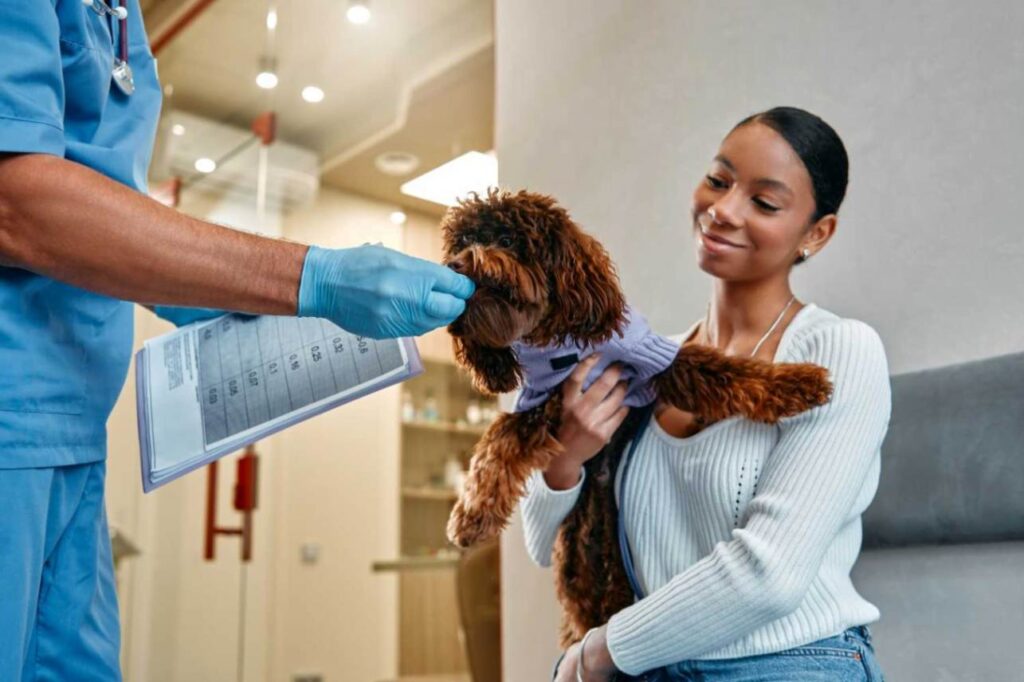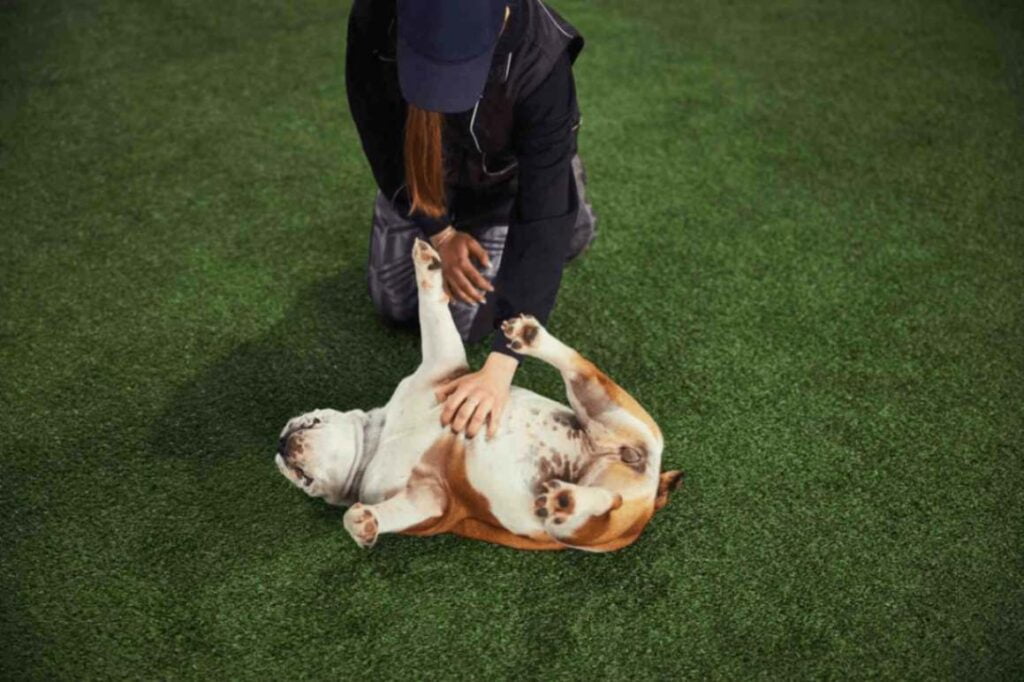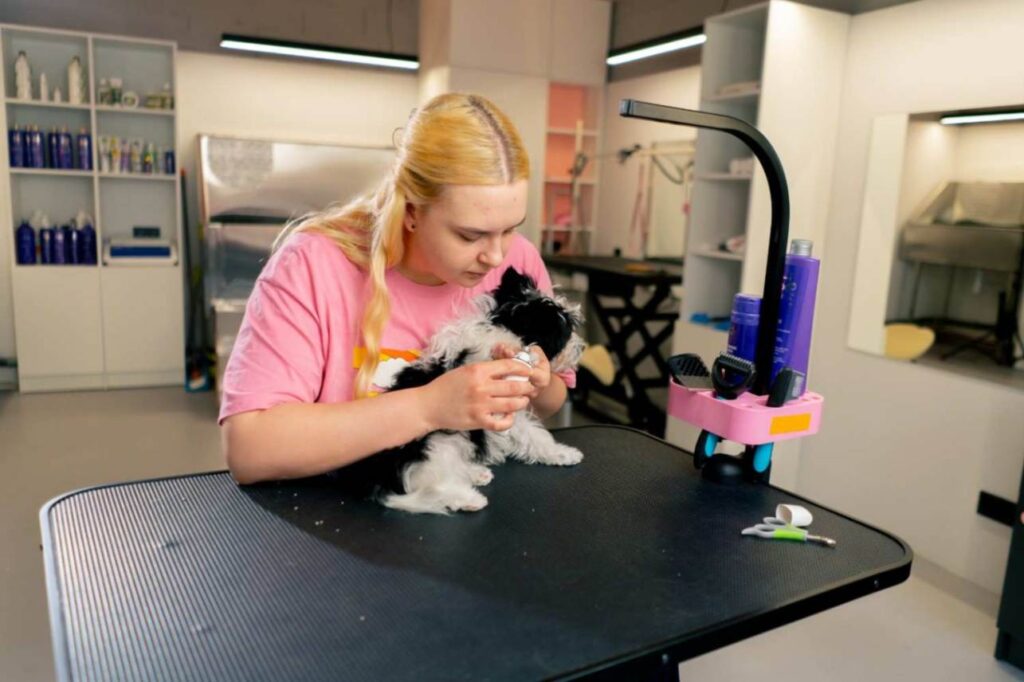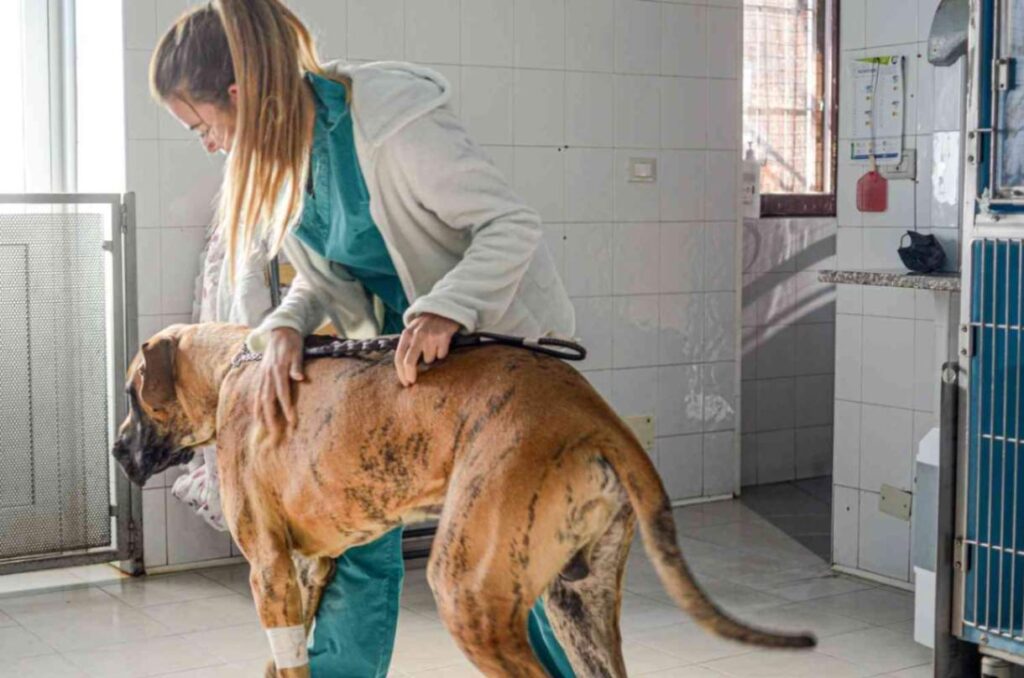There is no denying the fact that pet groomers are essential to keeping our pets healthy and well. Along with pet parlors, they discover themselves in situations where technically being in veterinary first aid comes into play. Whether there are minor or serious welfare concerns, professional pet groomers with first aid training help ensure the well-being of the animals they care for.
But Where Can Pet Groomers Learn First Aid?

Certified Training Course
One of the most accessible and efficient methods for pet groomers to learn first aid is through accredited training programs. These courses provide groomers with the information and skills necessary to treat a variety of pet crises. Many reputable organizations offer pet first aid courses online and in person, making it easy for groomers to obtain training.
Online Pet First Aid Courses
Online pet first aid courses are an amazing idea for groomers who like to study at their speed or have hectic schedules. These courses usually cover subjects like CPR, wound care, choking, and poisoning. To help groomers learn, they use video presentations, interactive quizzes, and downloadable materials. Groomers can take the courses from the convenience of their own homes and obtain certification upon successful completion.
In-Person Pet First Aid Classes
In-person first aid workshops offer hands-on instruction and are great for pet groomers in Chicago who want a more engaged learning environment. Licensed teachers often deliver these sessions and walk participants through various first-aid methods using real-life circumstances. Groomers can practice bandaging, splinting, and giving CPR on training mannequins or live animals while under observation.
Veterinary Clinics and Hospitals
Veterinary clinics and animal hospitals are excellent resources for pet groomers seeking first-aid training. Many veterinarians provide training or lectures on first aid to groomers and pet parents alike. These sessions frequently address grooming-related issues such as nail trimming accidents, ear injuries, and heatstroke avoidance. Groomers can learn directly from veterinary specialists and obtain knowledge about emergency protocols specific to grooming environments.

Grooming Schools and Academies
Additionally, grooming schools and academies may incorporate pet first aid kit instruction in their curriculum. Students enrolling in grooming classes can acquire crucial first-aid skills and grooming methods. These seminars may address themes such as dealing with violent dogs, identifying symptoms of distress, and properly restraining animals during crises.
Self-Study Resources
Pet groomers in Chicago can also enhance their official training with self-study materials such as books, articles, and internet tutorials. Many respectable pet care organizations produce instructional resources on pet first aid, which provide valuable insights and practical advice for groomers. Groomers can use these materials as continuous references to refresh their expertise and keep current on best practices.
Mentorship Programs
Experienced groomers have extensive expertise and knowledge of first aid. They can serve as mentors, passing on their knowledge and real-world experiences to groomers who are new to the industry. This is more than simply studying from textbooks; it’s also about giving practical strategies for dealing with frightened dogs, spotting an injury, and even delivering basic pet first aid. This type of hands-on training can be quite beneficial in preparing new groomers for unforeseen events in the salon’s daily operations.
Workshops and Seminars
Pet groups and groomers host workshops to help bridge the gap between knowledge and application. These seminars combine lectures on pet first aid with hands-on training with pet CPR dummies. This allows groomers to practice CPR and choking intervention techniques, giving them the confidence to respond calmly in real-life crises.
Pet CPR Dummies
Mastering life-saving skills takes practice. Pet groomers practice their CPR skills on pet-specific dummies. These dummies represent the anatomy of various dog and cat sizes, assuring optimal technique. Groomers can improve muscle memory for crucial CPR actions by practicing compressions and rescue breaths on these dummies in a stress-free setting. This enables them to respond quickly and efficiently in a pet emergency.

5 Must-Haves in Your Pet Grooming First-Aid Kit
Accidents and injuries are a part of grooming, so having a well-stocked pet first-aid kit is essential. When a pet groomer learns the importance of first aid from a trustworthy source, they also learn what items they must have in their first aid bag. Here are 5 important products any pet groomer should have on hand:
1. Wound Care Essentials
Grooming can cause cuts, scrapes, and nicks, especially in frightened or active dogs. Your first aid kit should contain:
- Gauze pads: They provide pressure to wounds and reduce bleeding.
- Non-stick sterile dressings: They keep wounds from adhering to bandages, allowing for simpler and less painful removal.
- Adhesive bandages: These are used to hold gauze pads and dressings in place. Choose self-adherent bandages for convenience of usage.
- Antiseptic wipes/solution: Used to clean wounds before putting bandages. Choose pet-safe remedies that won’t sting.
- Elizabethan collar (cone): This helps stop pets from licking or clawing at wounds.
2. Eye Care Supplies
Foreign objects such as dust, debris, or stray hair during grooming can fly into a pet’s eyes, irritating and uncomfortable them. Your pack should include a sterile eye wash solution to remove irritants and dirt from the eyes. Gauze pads are useful for gently wiping around the eyes.
3. Temperature Regulation
Monitoring a pet’s temperature is essential, especially during stressful grooming sessions. A digital pet thermometer helps take quick and accurate temperature readings.
4. Emergency Medications (with vet consultation)
Certain situations necessitate rapid assistance. After speaking with a veterinarian, consider keeping Benadryl (diphenhydramine) for allergic reactions, with adequate dosing guidelines from your veterinarian. Hydrogen peroxide (3% solution) should only be used to induce vomiting under veterinarian supervision, never for wound cleansing.

5. Miscellaneous Essentials
A few more items in your pet medical kit can be helpful. Use blunt-end scissors and tweezers to remove bandages, splinters, or ticks. Styptic powder is used to prevent minor bleeding from nicks or nail trims. A restraint muzzle properly handles aggressive or scared pets during an emergency. (Use with care and as a last resort.) Disposable gloves preserve cleanliness when treating wounds and delivering first aid.
Choose What’s Best for You
Pet grooming professionals have various options for studying pet first aid, including accredited training classes, workshops, seminars, and self-study materials. Knowledge of pet first aid kits sets a groomer apart from pet parents. However, choosing a way to learn first aid basics depends on a groomer’s schedule and availability. So choose what’s best for you!

0 Comments